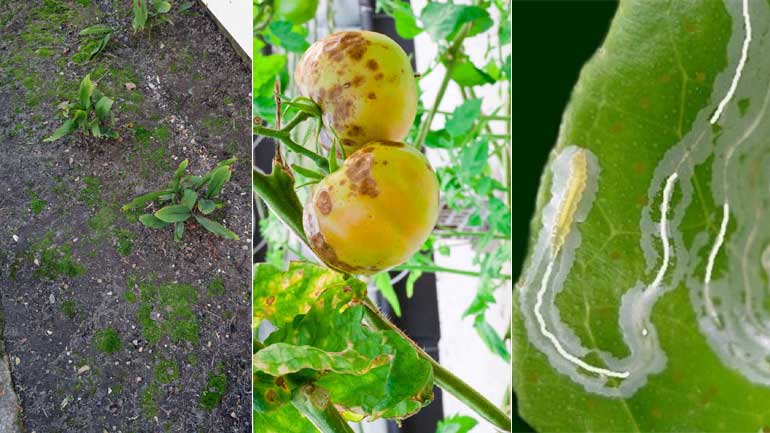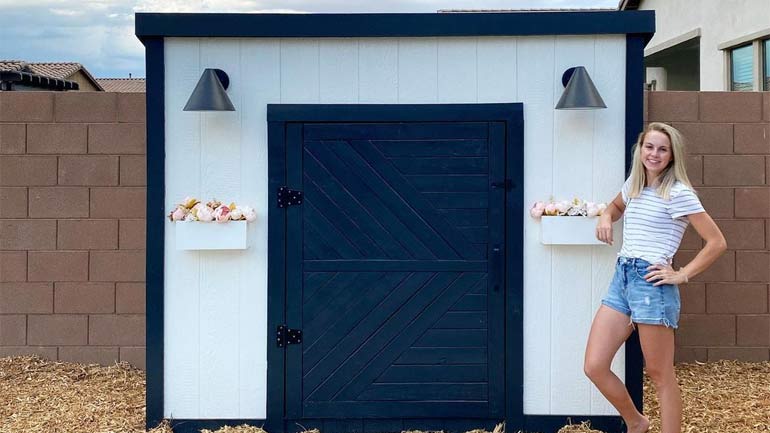
We don’t need to get into all the reasons why a fishpond is great for your property. The fact you’re reading this post means you’re kind of already sold on the idea.
What you’re looking for is step-by-step instructions for creating your own fishpond that will outlive you, or at least last a few years! In this guide, we’ll go over the simple steps to make a fish pond that is not only low maintenance but also, lasts longer than a typical DIY backyard fish pond. Spoiler alert: it’s all thanks to small pond liners.
Let’s start with the tools, then we’ll go into the step-by-step process.
Required Tools for Building Fish Pond
First things first, you need certain tools to create your own fishpond. We’ve created a list of over a dozen tools below noting which ones are necessary and which ones are optional.
Ideally, you should have all of them. If you can’t have all of them, make sure you at least have all the tools that are necessary.
- Cement & bucket [optional]
- Black vinyl duct tape [optional]
- Landscaping rocks [necessary]
- Fountain pump [necessary]
- Sand/liner underlay/newspaper [necessary]
- Bricks [necessary]
- Garden hose [necessary]
- Plank of wood [necessary]
- Spirit level [necessary]
- Shovel [necessary]
- Trowel [necessary]
- Small pond liner [necessary]
Alright, if you’ve got the tools ready then let’s start by digging!
Step 1. Dig the Hole
Digging a good-sized hole is the first step of the process. The hole should be at least 2-feet deep. This size is good because it keeps the water from freezing in the winter and overheating during summer.
If you live in an extremely hot area, then the hole should be at least 3 feet deep. You can go a foot or two deeper, but don’t make it too deep and certainly don’t make it any less deep.
Decide how long and wide you want the pond to be. Then start digging down the corner. As you’re shoveling down, make sure that each corner forms a straight line to the bottom. If you apply too much pressure or even move the shovel just an inch to the side, it can destroy the whole design of your pond.
Step 2. Lay the Small Pond liner
This is where the secret lies for building a backyard fishpond that lasts. A fishpond is only as good as its liner. Once the liner has a leak, say goodbye to your perfect, low-maintenance pond! Of course, you can always patch up the hole every time there’s a leak in your liner, but you have to waste precious time finding the hole first. A durable pond liner is a worthwhile investment for building a fish pond that lasts.
Once you choose your ideal, thick pond liner, lay it over the pond hole. Make sure to keep in mind that even the toughest liner won’t withstand a hostile environment. Always try to lay your liner over the smooth ground with no sharp stones. Try not to leave any parts of the liner directly exposed to sunlight without any water in between. If there is a part of the liner that sticks out above water, try to shade it with plants or other fishpond decorations.
Once the pond liner is neatly laid over the hole, pile the bricks onto the edges of the hole. Additionally, you can use the vinyl duct tape here to take down the pleats.
Step 3. Pour the Water
Now it’s time to make a living environment for the fish. Fill the pond up to just 2-3 inches away from the top. Now, check whether the liner is filling all the space in the ponds.
If there are any areas of the pond, bottom or pleats, that don’t have liner on it, cover it with pond liner. This is important because if you don’t do it, then the lives of your fish might be in danger.
Step 4. Lay the Bricks
This step is self-explanatory: make sure the bricks are laying perfectly on the edges of the pond for an aesthetically pleasing experience.
Step 5. Fold the Pond liner
To do so, gently straighten the small pond liner behind the bricks and pack dirt up to it. Then, fold the liner down and pack dirt over the top. This will keep the dirt from going into the pond.
Step 6. Position Rocks
Now choose various decorative rocks and put them on top of the bricks. Try various looks until you find the one you love.
Once this is done, fill the pond to the bottom of the bricks. Now, wait for at least two days before putting in the fish to make sure that everything is set up correctly. After this waiting period, just add fish, and voila – your perfect DIY fishpond is ready!




